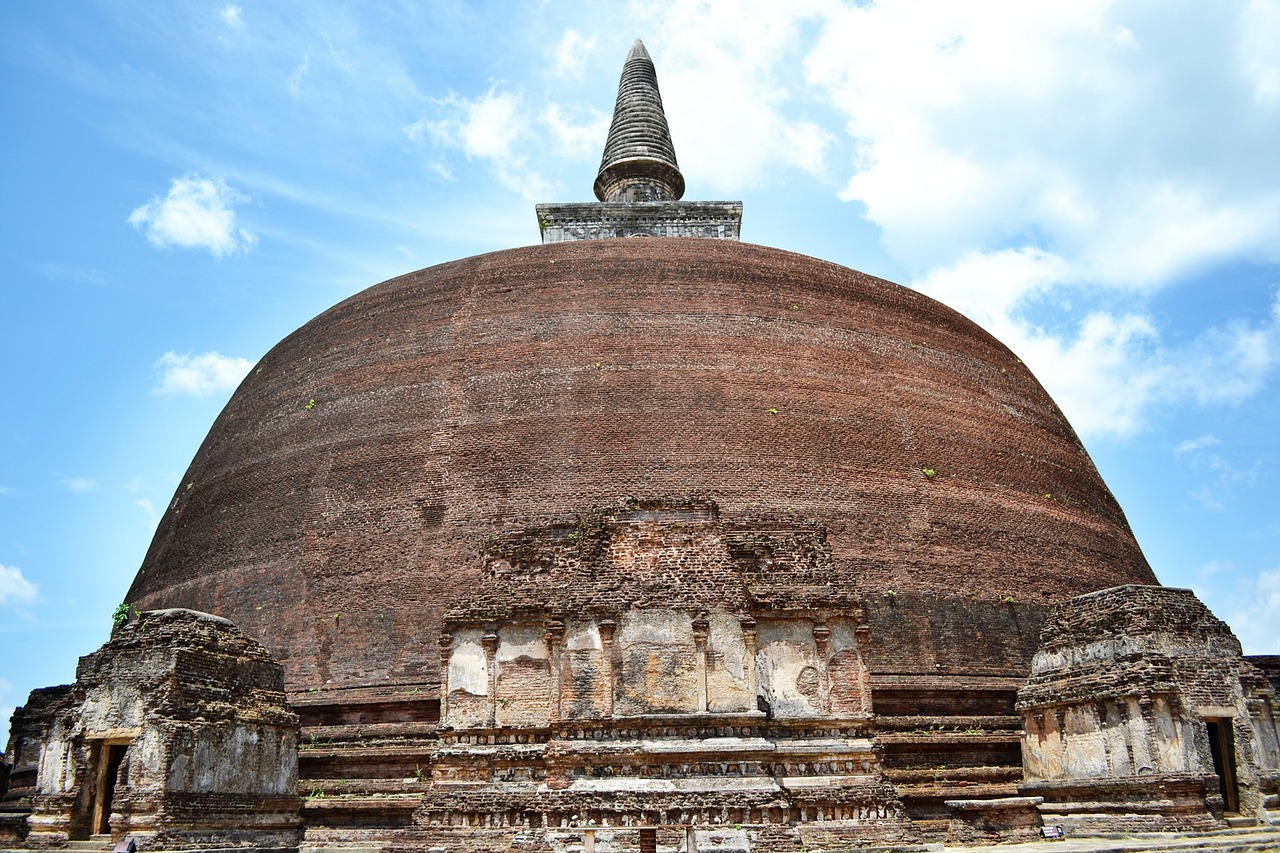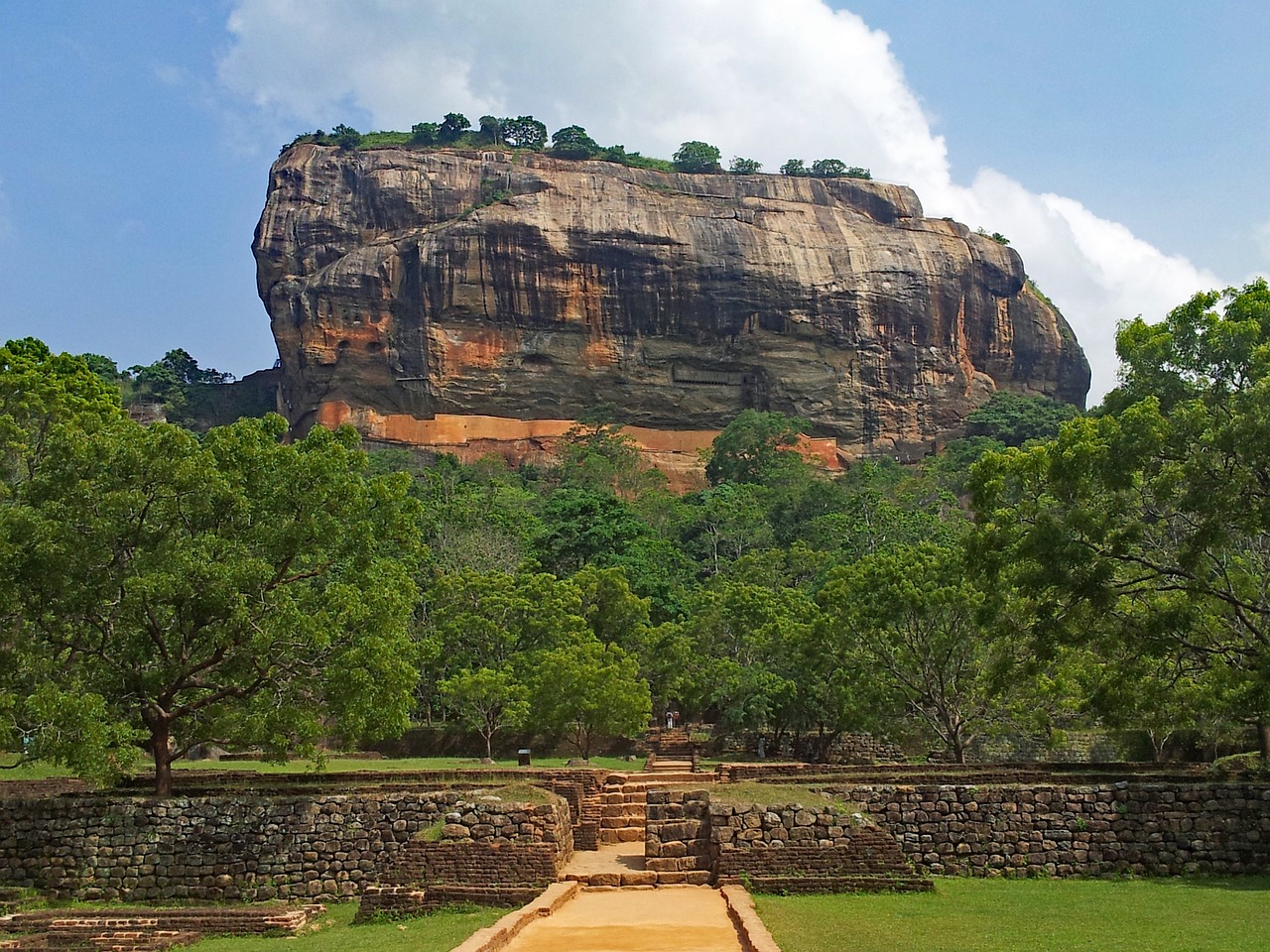Polonnaruwa
Polonnaruwa, another UNESCO World Heritage Site in Sri Lanka, is an ancient city that served as the island’s capital during the 11th to 13th centuries. Here’s what makes it a remarkable destination:
Historical Ruins: The city is renowned for its well-preserved ruins, including ancient temples, palaces, stupas, and statues. Visitors can explore remnants of a once-flourishing civilization, such as the Quadrangle, Gal Vihara, and Lankatilaka Temple.
Gal Vihara: This site hosts impressive rock-cut Buddha statues, including a colossal standing Buddha, reclining Buddha, and seated Buddha, showcasing exceptional craftsmanship.
Parakrama Samudra: An immense man-made reservoir built by King Parakramabahu I, showcasing the engineering expertise of the ancient Sri Lankans.
Royal Palace Complex: The ruins of the royal palace exhibit the grandeur and architectural ingenuity of the past rulers.
Archaeological Park: The compact layout of the archaeological park makes it easily explorable by foot or bicycle, allowing visitors to absorb the historical richness at a leisurely pace.
Cultural Significance: Polonnaruwa provides insights into the island’s cultural heritage, religious practices, and artistic achievements during the medieval period.
Natural Setting: The city is surrounded by lush greenery and is often visited by wildlife, adding to the charm of exploring ancient ruins amidst natural beauty.
Serene Atmosphere: While it’s a major historical site, Polonnaruwa generally offers a quieter atmosphere compared to some other tourist spots, allowing for a more contemplative exploration of its ancient wonders.
Polonnaruwa stands as a testament to Sri Lanka’s rich history and architectural marvels, providing visitors with a fascinating glimpse into the island’s medieval past.






